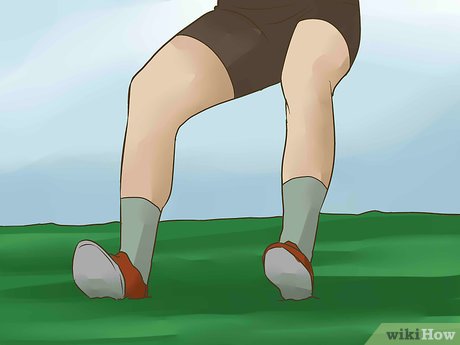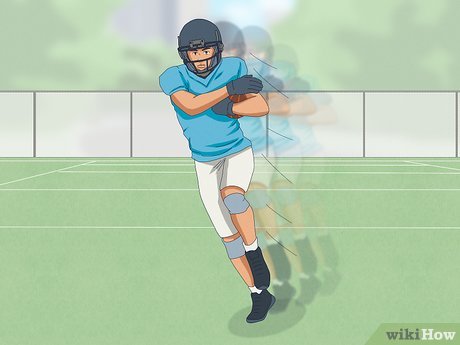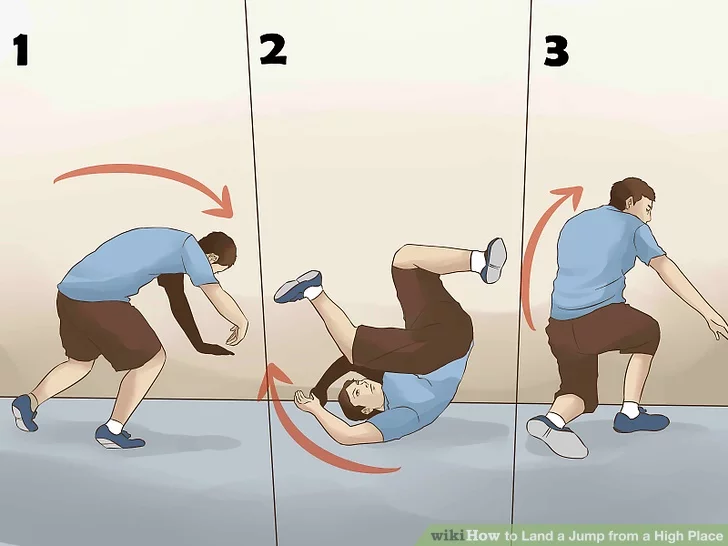ACL INJURY
An ACL tear is a common knee injury that occurs when the anterior cruciate ligament (ACL) is stretched or torn. The ACL is one of the major ligaments in the knee that helps to stabilize the joint and prevent the shin bone from sliding forward.
POSSIBLE CAUSES OF ACL INJURY

Stopping suddenly

Changing direction rapidly

Slowing down while running

Landing from a jump incorrectly

Direct contact or collision, such as a football tackle
Several studies have shown that female athletes have a higher incidence of ACL injury than male athletes in certain sports.
SIGNS AND SYMPTOMS OF ACL INJURY
-
- A loud pop or a “popping” sensation in the knee
- Severe pain and inability to continue activity
- Rapid swelling
- Loss of range of motion
- A feeling of instability or “giving way” with weight bearing
PHYSIOTHERAPY TREATMENT OF ACL INJURY
Physiotherapy treatment for an ACL tear typically involves several stages, including:
In order to reduce pain and swelling rest, icing, compression, and elevation is done.
Once the pain and swelling have subsided, the focus shifts to maintaining normal range of motion in the knee joint.
Strengthening exercises are then introduced to help rebuild the strength and stability of the knee. This may include exercises such as resistance exercises, weight training, leg presses, squats, lunges, and step-ups.
Proprioceptive training is also important to help improve balance and coordination. This may involve exercises such as standing on one leg or using a balance board/ BOSU ball/wobble board/trampoline.
Finally, sport-specific training may be introduced to help the patient return to their pre-injury level of activity. This may involve exercises such as cutting, jumping, pivoting and agility training.
The specific treatment plan will depend on the severity of the injury, as well as other individual factors such as age, activity level, and overall health. It’s important to work closely with a physiotherapist to develop an individualized treatment plan that meets your needs and goals.
